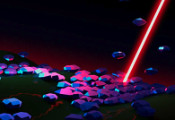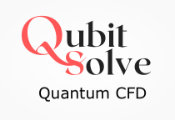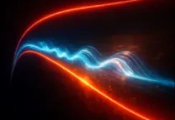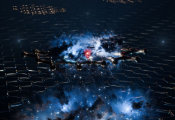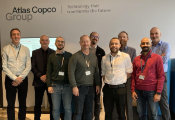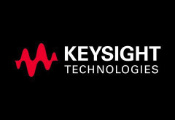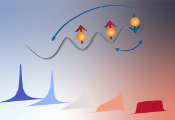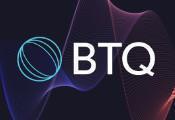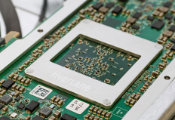UniTrento Partners With Google’s Quantum Artificial Intelligence Lab for Research
Trento, January 13, 2025 -- Science is always looking for more computing power and more efficient tools capable of answering its questions. Quantum computers are the new frontier in data processing, as they use the quantum properties of matter, such as the superposition of states and entanglement, to perform very complex operations.
A research team coordinated by the Department of Physics of the University of Trento had the opportunity to test some hypotheses on confinement in Z2 lattice gauge theory on the quantum computers of Google's Quantum Artificial Intelligence Lab, in California. Their work was published in Nature Physics.
Gauge theories describe the fundamental forces in the standard model of particle physics and play an important role in condensed matter physics. The constituents of gauge theories, such as charged matter and electric gauge field, are governed by local gauge constraints, which lead to key phenomena that are not yet fully understood. In this context, quantum simulators may offer solutions that cannot be reached using conventional computers.
"At the end of 2019 – explains Philipp Hauke, professor of theoretical physics of fundamental interactions at UniTrento and corresponding author of the research – Google launched a call for projects exploring the potential of quantum computers. The University of Trento was among the eight winners worldwide, the only institution in the entire European Union."
The group led by Professor Hauke chose to work on a question that concerns elementary particles, in particular lattice gauge theory, according to which continuous spacetime is discretized typically into a hypercubic lattice of points. The question concerned the ways in which electrons, positrons and, in perspective, quarks and gluons interact to form particles and matter.
The research team wrote an algorithm that was sent to Google's powerful computers, which performed the computations remotely. These quantum supercomputers, located in Santa Barbara, use the quantum properties of matter to describe quantum objects in a very natural way, something that the classic "bits", based on the binary opposition between 1 and 2, cannot do.
"To give you an idea of the potential of these computers – continues Hauke – we can say that classical instruments, without further approximations, are able to correctly solve the dynamics of systems with a maximum of 40 particles. Quantum computers have the potential to process an exponentially greater number. To achieve this goal, however, it is necessary to work at the interface between fundamental physics and engineering. And that is where our research is located."
What about the future of this research? Hauke replies: "At the moment, our research is interesting for theoretical and experimental physics. In the future, however, it could have various applications, for example in the industrial sector for the study of new materials, or in the pharmaceutical sector for chemical compounds."

